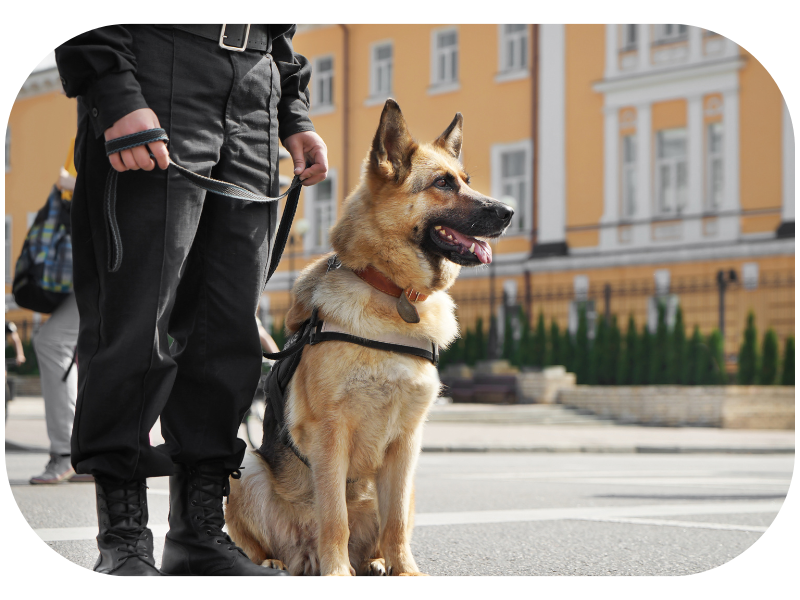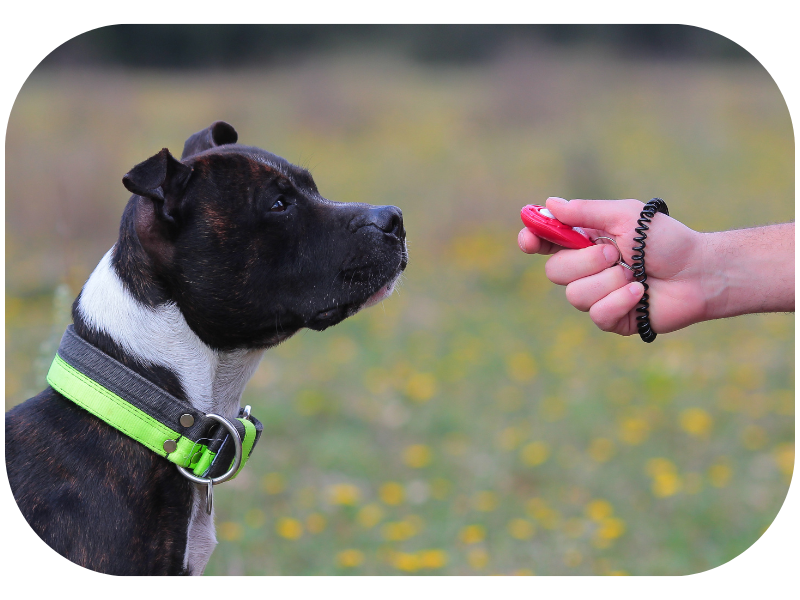No Products in the Cart
5 Core Principles to Train Your Puppy

Educating or training your dog allows them to have a behavior that is compatible with your lifestyle without having them be aggressive or dangerous. Training starts as a puppy with basic commands such as: "sit," "down," and "stay," leash-walking, and recall.
Then, your dog masters the basics. You can then go further and teach it other fun things: "play dead," "roll over," "get the remote," "high-five," etc. However, humans and dogs do not speak the same language, so how are you going to be able to communicate?
Also Read: Is Your Dog Prone to Elbow Dysplasia? Symptoms and Best Treatments
1. Start as early as possible
It is always easier to train a puppy than an adult with die-hard habits. The ideal time to start training a puppy is around two months.
Often, dogs will go through an adolescent phase. As they grow up, you will notice that they start testing boundaries. In the wild, this is the time they'd try to position themselves as dominant in their pack.
You must keep your boundaries and make it clear that you are "the boss." Never use physical force but set clear boundaries and respect them. Thankfully, this phase should be brief. Once it passes, you will be their whole world, and they will do anything for you, making training much more manageable! This adolescent phase manifests differently in each individual and at different times.
2. Go step by step
You know the saying, "you can't run before you can walk." With dogs, it's the same! You have to go step by step to build strong foundations before advancing to the next stage.
- It all starts with your puppies learning the proper places for "eliminations" vs. the places to eat and sleep. The mother generally teaches them these differences before weaning.
- Then, once you adopt your puppy, they usually need to learn socialization with other dogs and other species such as cats, humans, birds, and rabbits... An excellent way to train them is to bring them to puppy class. It is also around this time (2-3 months) that they learn to clean themselves and sometimes start to bite. It is essential to teach them not to bite. You can do so by saying "no," stopping playtime when biting occurs, and ignoring them. If this isn't enough, you can spray water and say "no" before ignoring them. Never use physical punishment.
- During and after puppy class, you will do the basic training we mentioned earlier: "sit," "down," "stay," walk on a leash, and recall. These five lessons are essential to a dog's interactions with humans.

- Lastly, there are several ways to take training to the next level. Many specialized classes cover agility, canicross, mushing, nose hunting, and other skills. Going further in your dog's education can be a great way to strengthen the unique bond you have with it.
Also Read: Best Glucosamine for Dogs in 2024 - A Vet’s Honest Opinion
3. Always play on positive reinforcement
Positive reinforcement is the act of associating a desired action or behavior with a reward. This reward can be a treat, a pat on the back, a kind word, a playtime, or an impromptu walk! Treats are usually the gold medal winners. Just be sure to choose healthy treats for your pets. Your dog's desire to learn will grow as it understands it gets rewards for its actions.
Also, dogs generally love to please us, so just hearing the joy in your voice when they accomplish the desired trick will make your dog happy. Finally, clicker training allows you to reward your dog without the treats. Indeed your dog learns to associate the noise of the clicker with rewarding.

Also Read: UC-II® Supplement for Dogs
4. Beware of punishments
It might be necessary to show your dog they misbehaved, but you should consider this carefully. In packs of dogs, punishing occurs between individuals on occasion. If you judge behavior or action as worthy of punishment, proceed with caution and always respect these golden rules.
- The punishment should always fit the crime, and violence is never an option.
- You must catch your dog in the act and punish them right then and there. Never delay punishment, even if you are absent when the action occurs.
To learn more about appropriate punishment techniques read this article: How to punish my dog mindfully?

Also Read: Chondroitin for Dogs - 5 Things You Need To Know - Vet’s Expert Advice
5. Teaching takes repetition
You create a communication code between your dog and yourself when you train your dog. You can choose a word, a gesture, or an intonation. For example, the word "down" can be associated with a hand gesture toward the ground. It will likely take time for you and your dog to understand each other perfectly—the key to successfully training your dog is to be patient, systematic, and consistent.
If your dog doesn't understand what you are trying to teach it, it's because you may not be expressing yourself clearly. It would be best to break down each action you want to teach your dogs into easily digestible little chunks. Lastly, you can always ask for advice from a veterinarian, a behaviorist, or a dog trainer who can help with successful communication!















Leave a comment